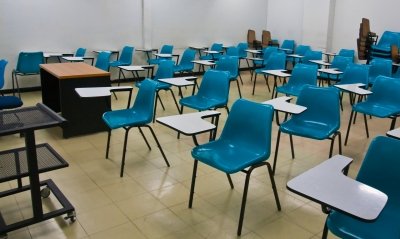 Personalisation is a term which is used reasonably frequently in education circles as a goal we should seek. The ability to provide students with educational experiences which are suited to their needs, abilities and wants. Technology is helping us progress towards this.
Personalisation is a term which is used reasonably frequently in education circles as a goal we should seek. The ability to provide students with educational experiences which are suited to their needs, abilities and wants. Technology is helping us progress towards this.
Students can use technology to choose when to learn, using online resources, flip classrooms videos and a multitude of other methods. Students can choose how to learn or the medium they wish to explore learning through whether this be exploring textual content via Wikipedia, video content from YouTube or audio content via a podcast. They can also make use of the likes of Skype, Twitter or other platforms to engage in two-way communication and learning with experts, their teachers or other individuals the world over. This brings us to the global nature of learning in this technological age. Our learning is no longer limited to our local context. Instead it can span the earth as I myself know having taken part in a Skype session with a school in Saudi Arabia as just one example of learning across geographical borders. This opens learners up to new contexts, viewpoints and perspectives which were previously inaccessible, however through technology can easily be arranged. It also allows them to stretch their own learning and learning experiences beyond that presented formally within their school and by their teachers, exploring those areas which are of particular appeal or interest.
Using technology students can choose the tools they want to use in taking notes during lessons, in revising content and in producing assessment materials. They can also accommodate for their own specific learning needs using accessibility tools including tools for students with visual impairments, dyslexia or students who are second language learners for example.
Technology is a tool which can have significant impact on learning. The ability for students to personalise learning and learning content is a key to this potential, putting the learner more in control of their own learning experiences. It is less about us, as educators, personalising learning for our learners and more about providing them the tools and technologies to allow them to personalise learning for themselves.


